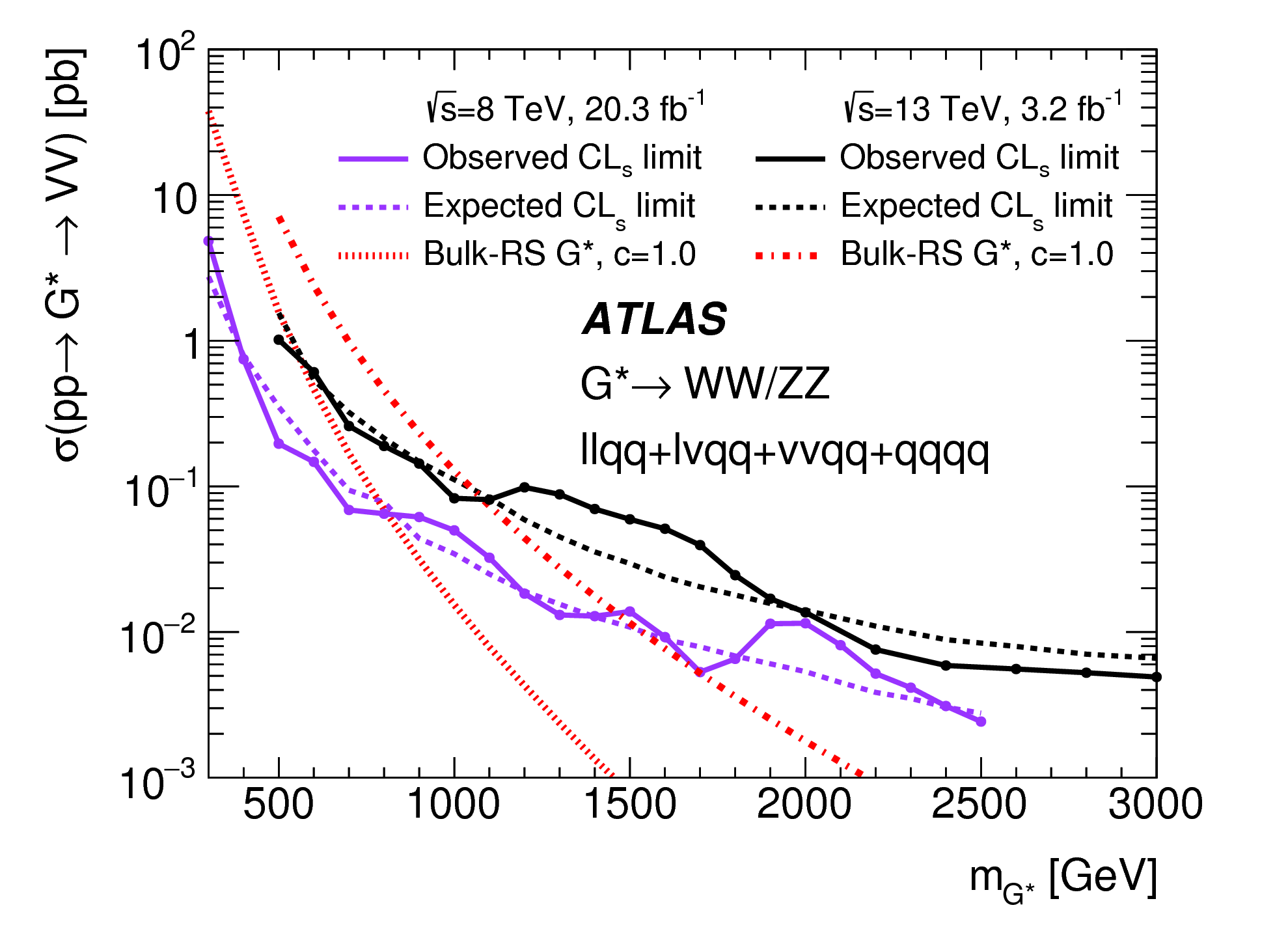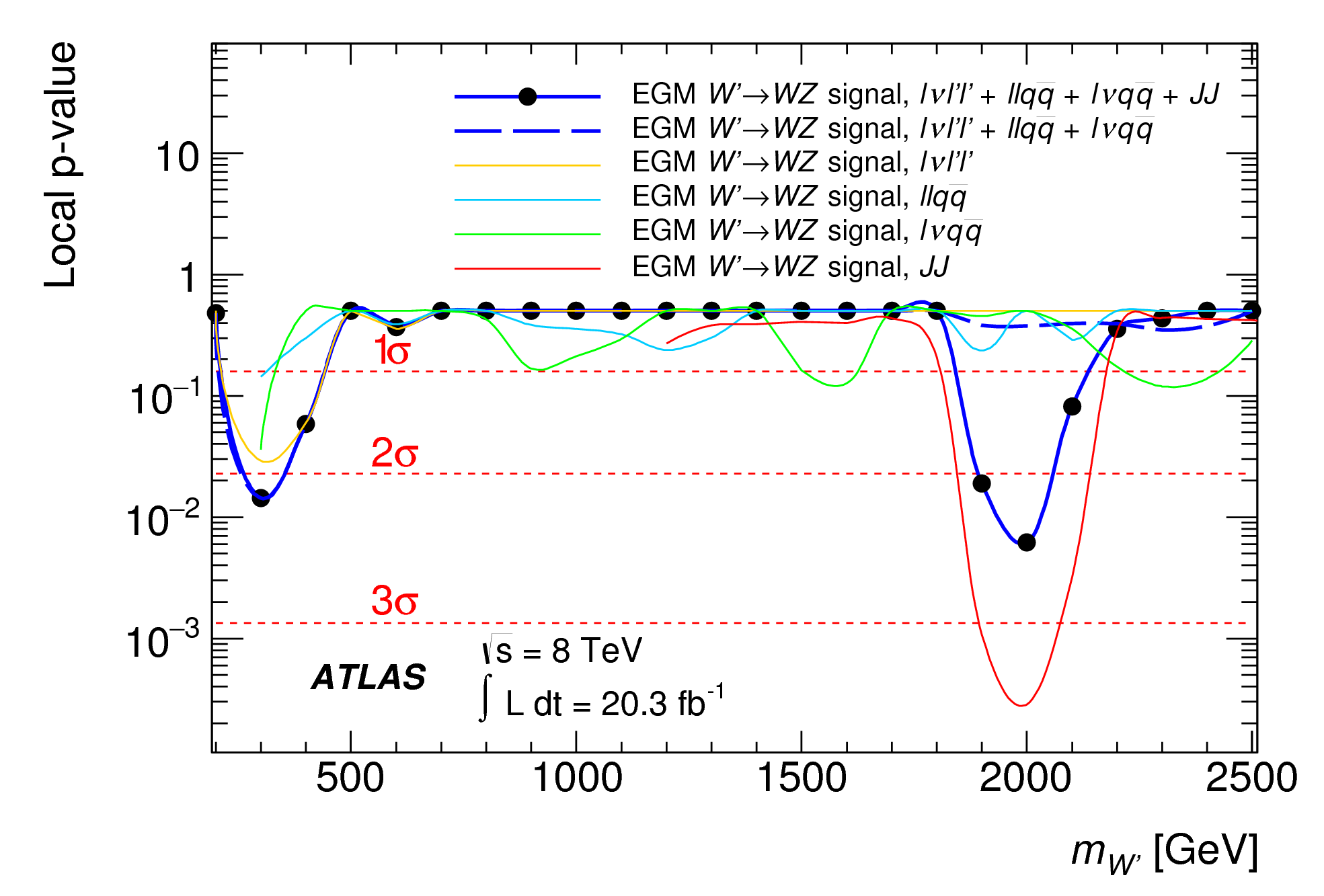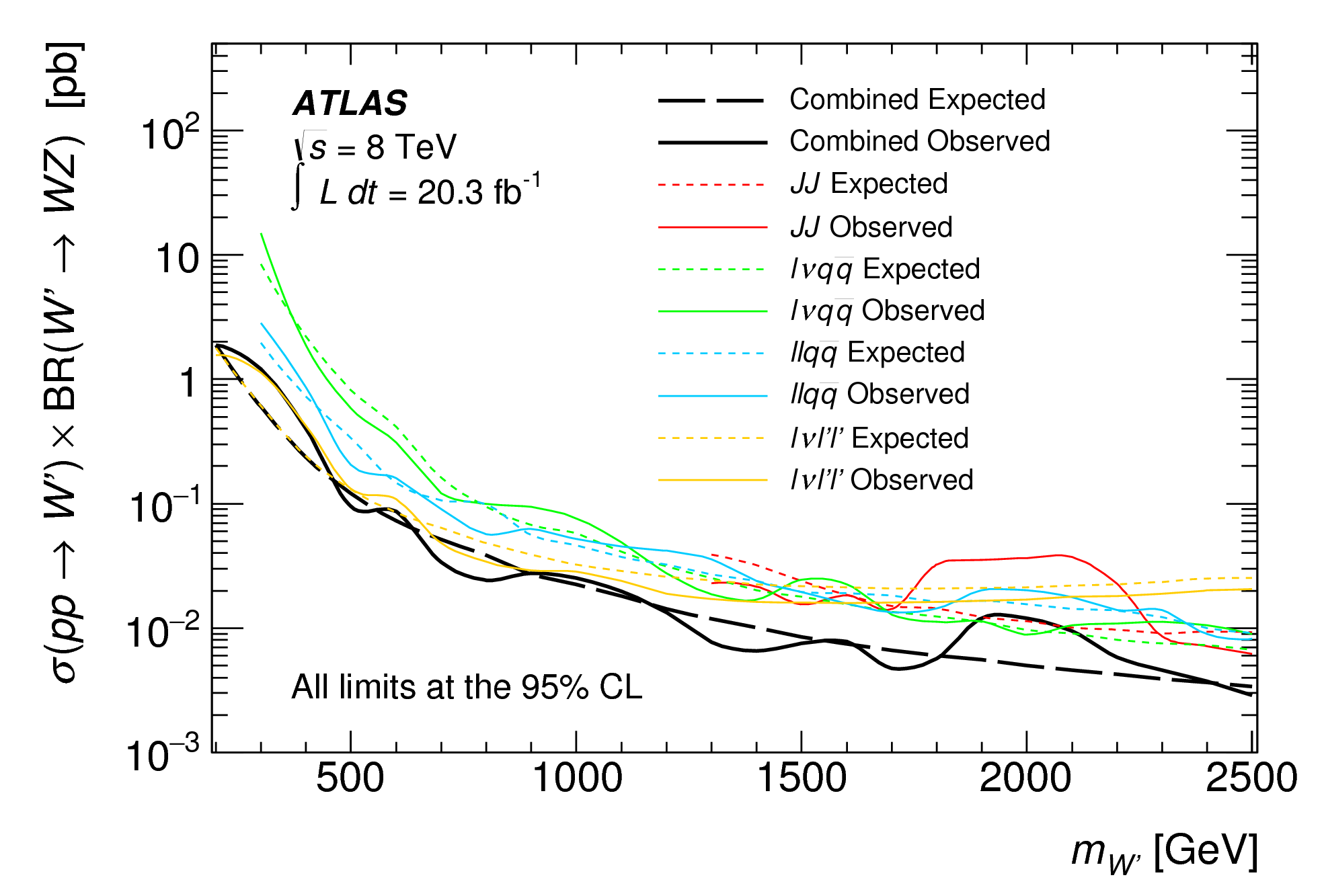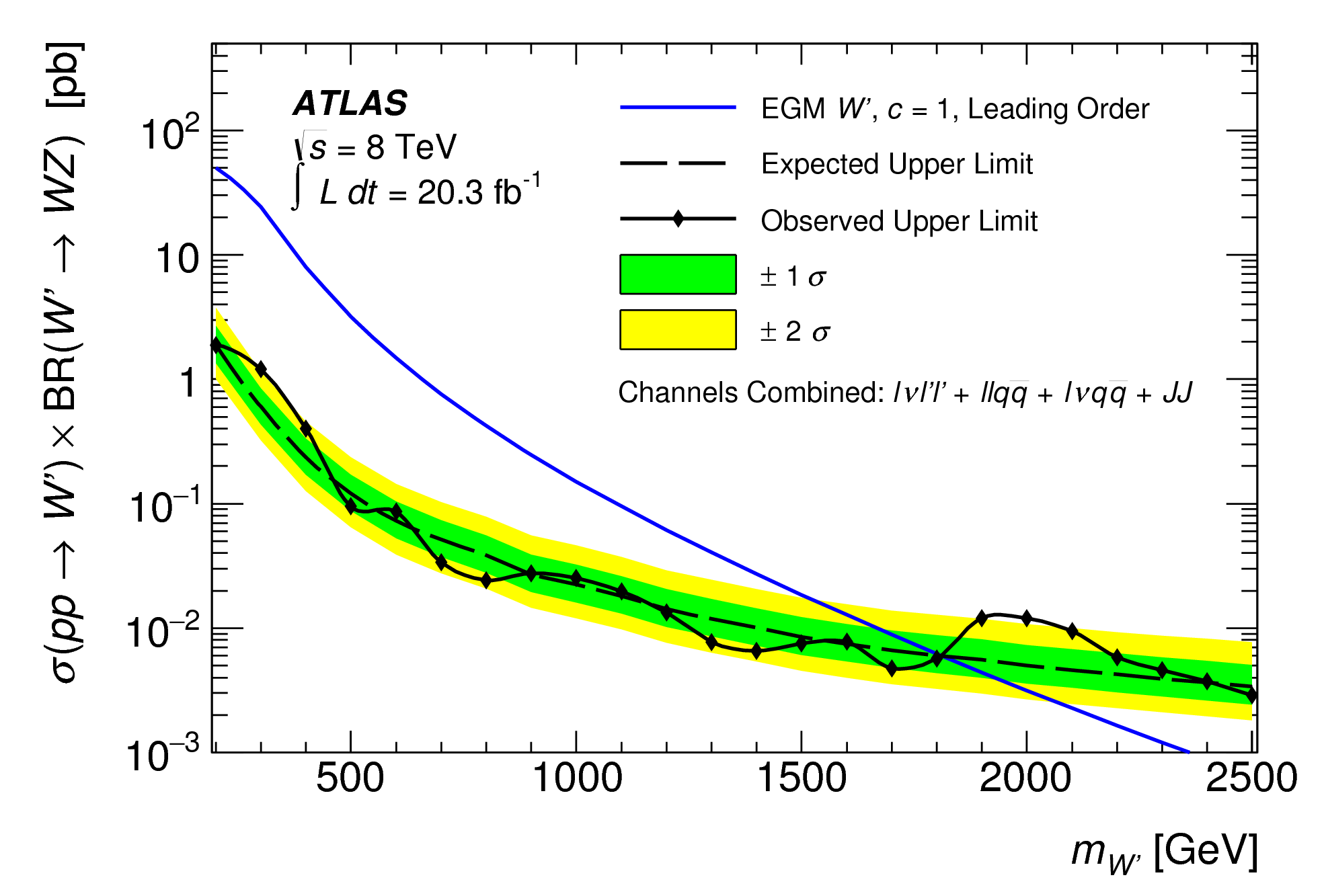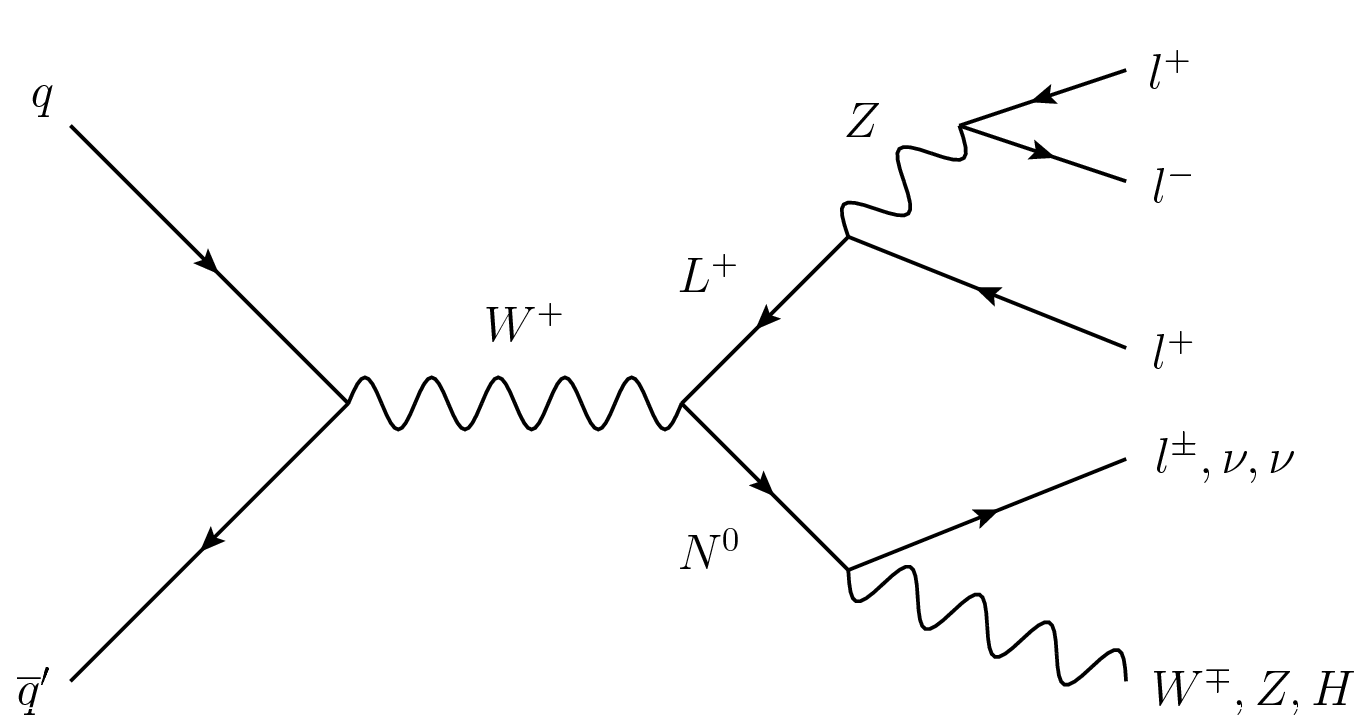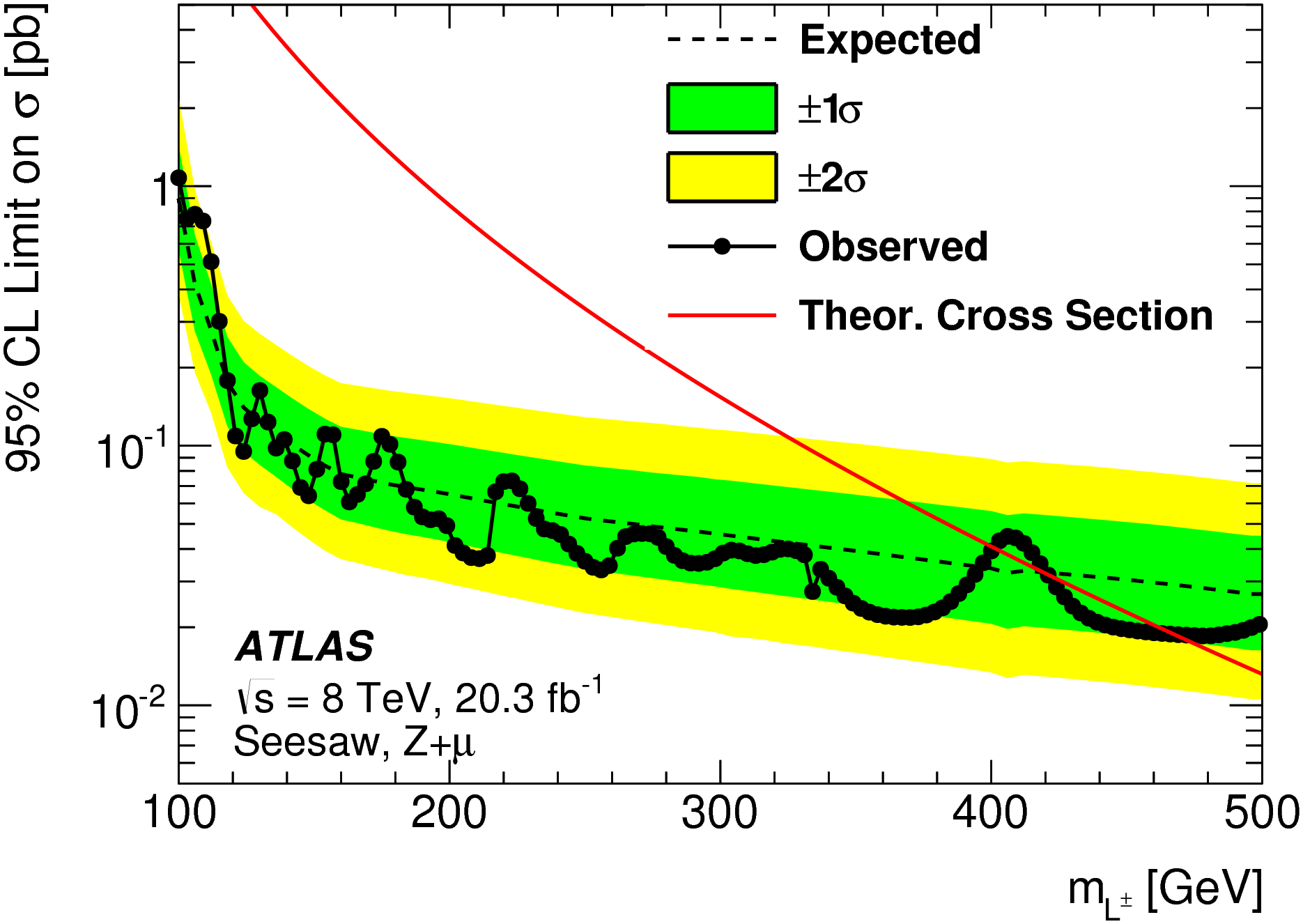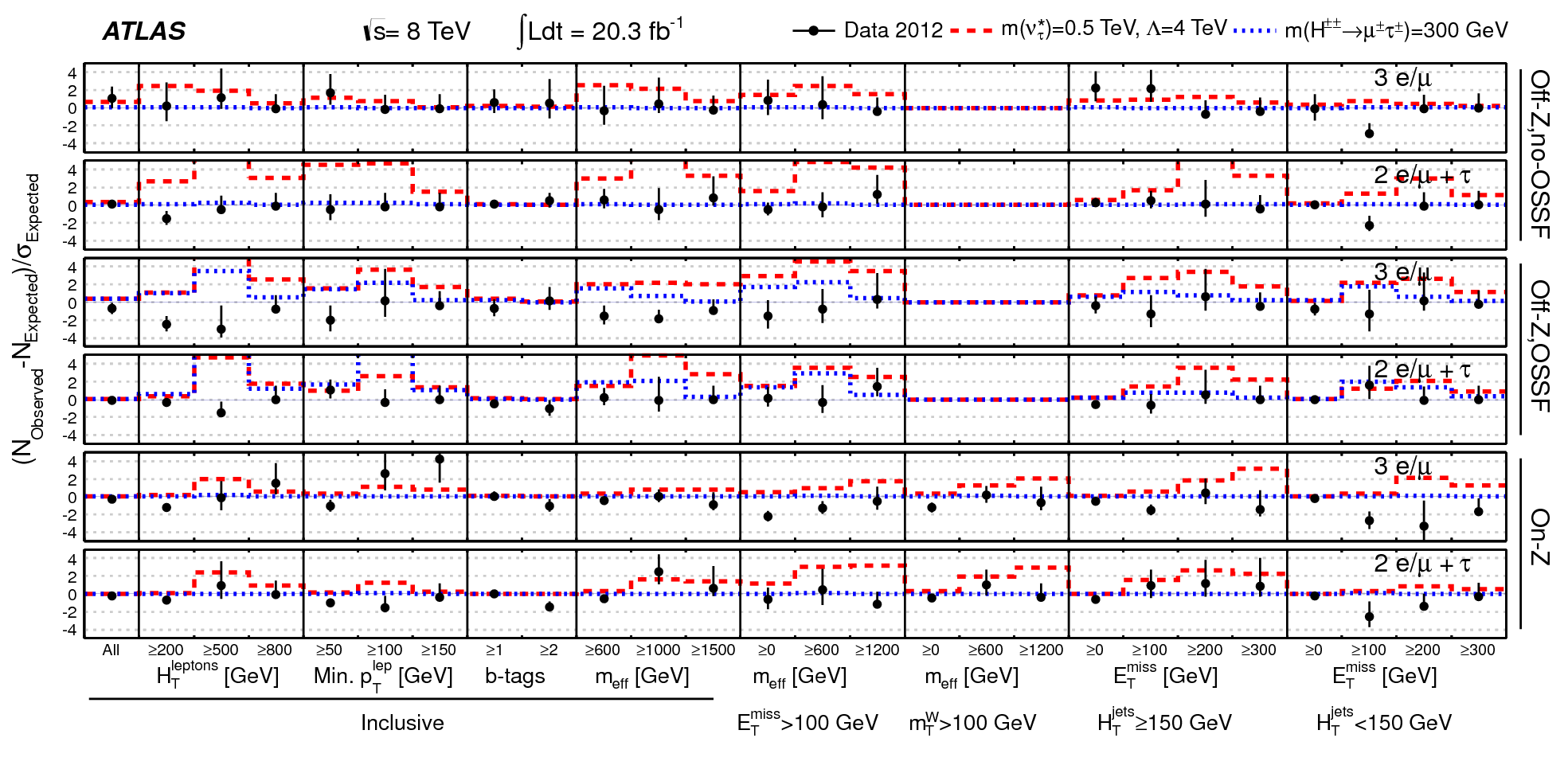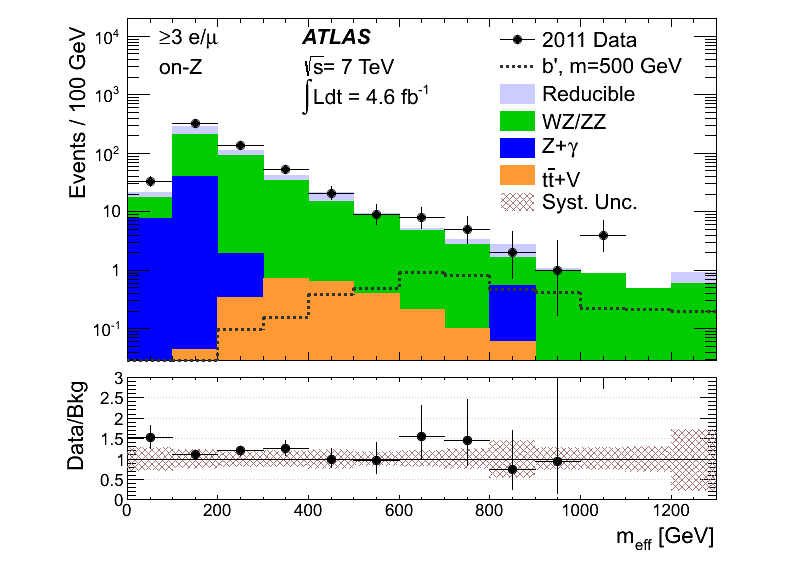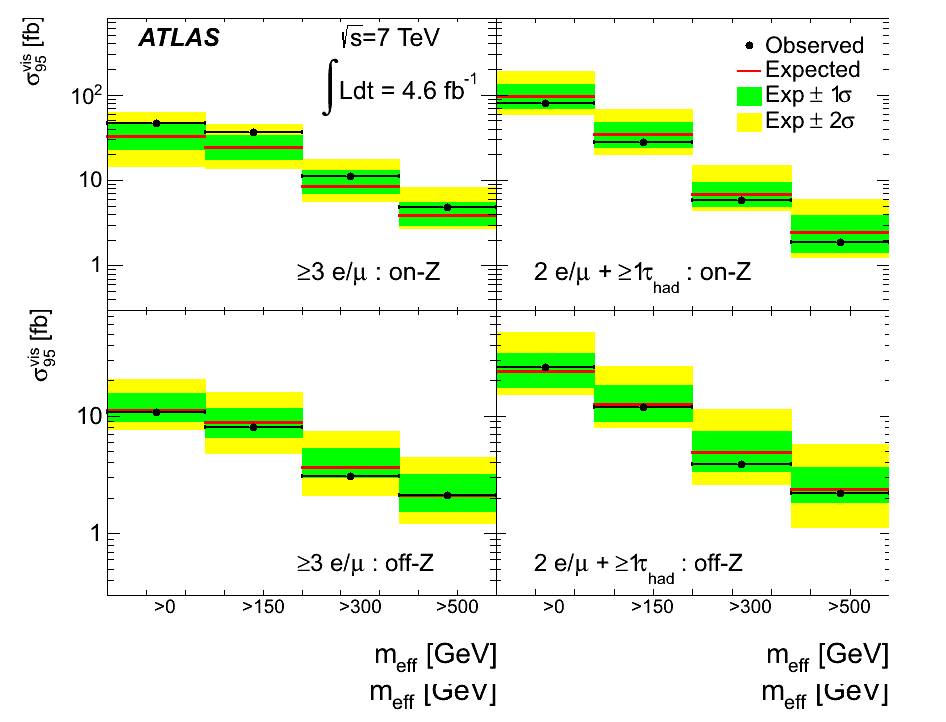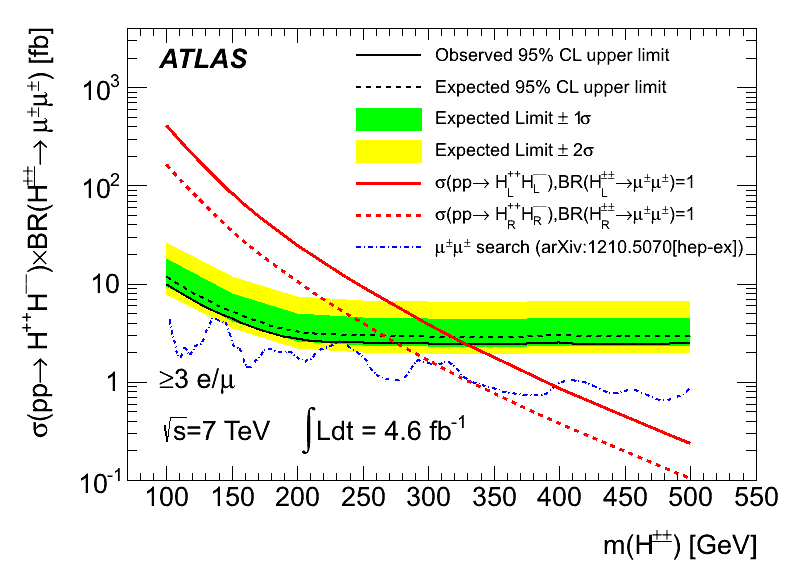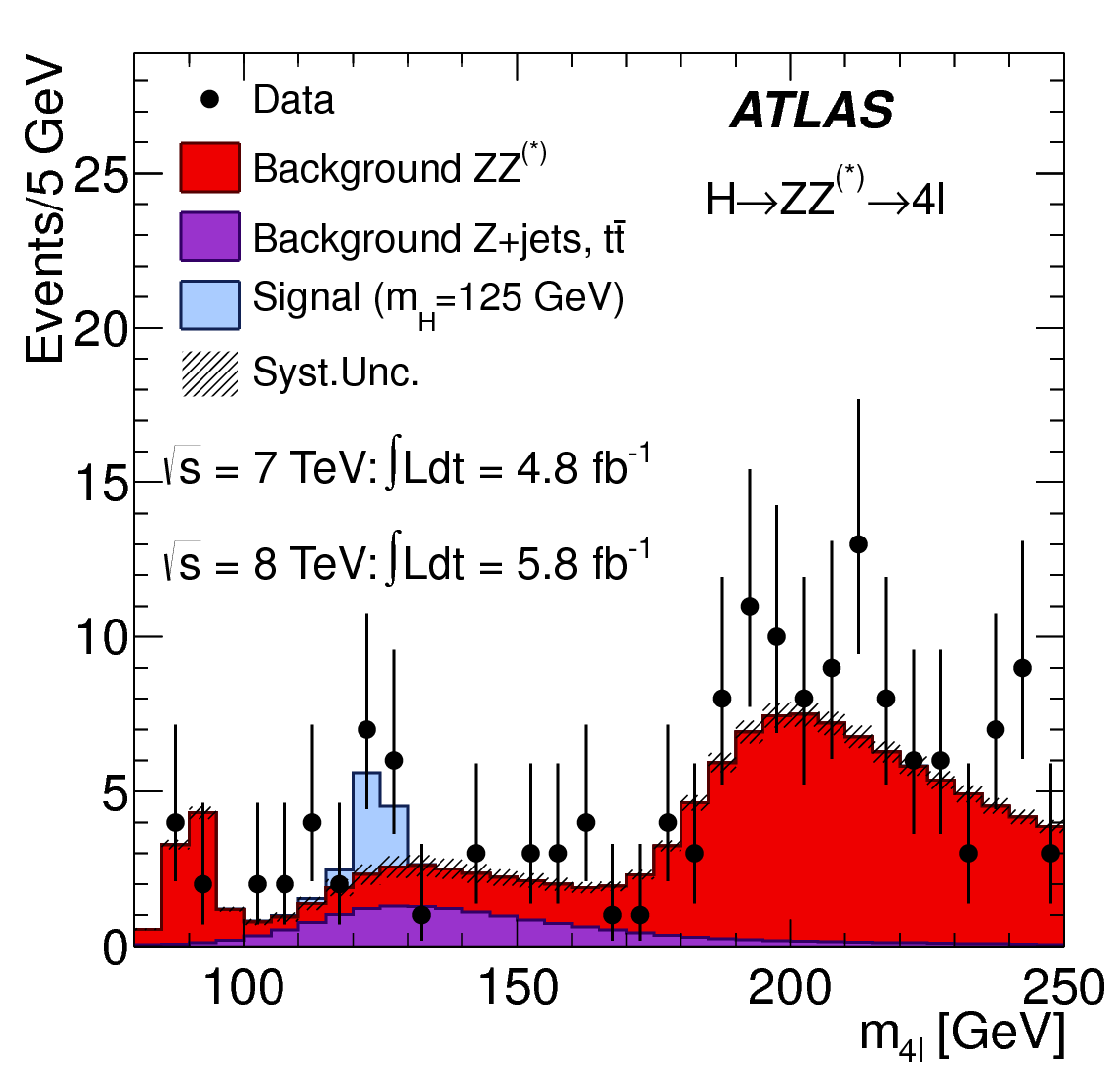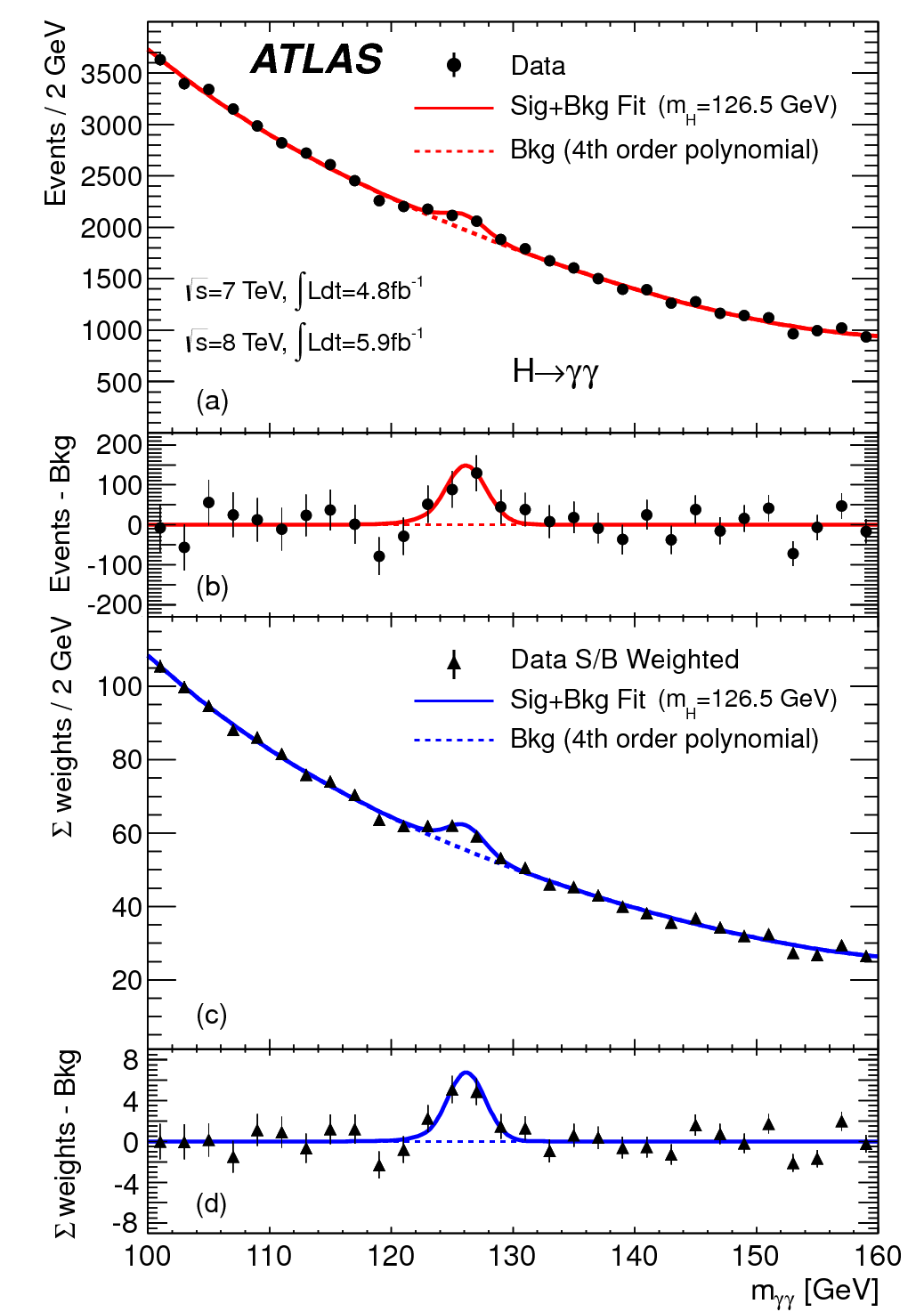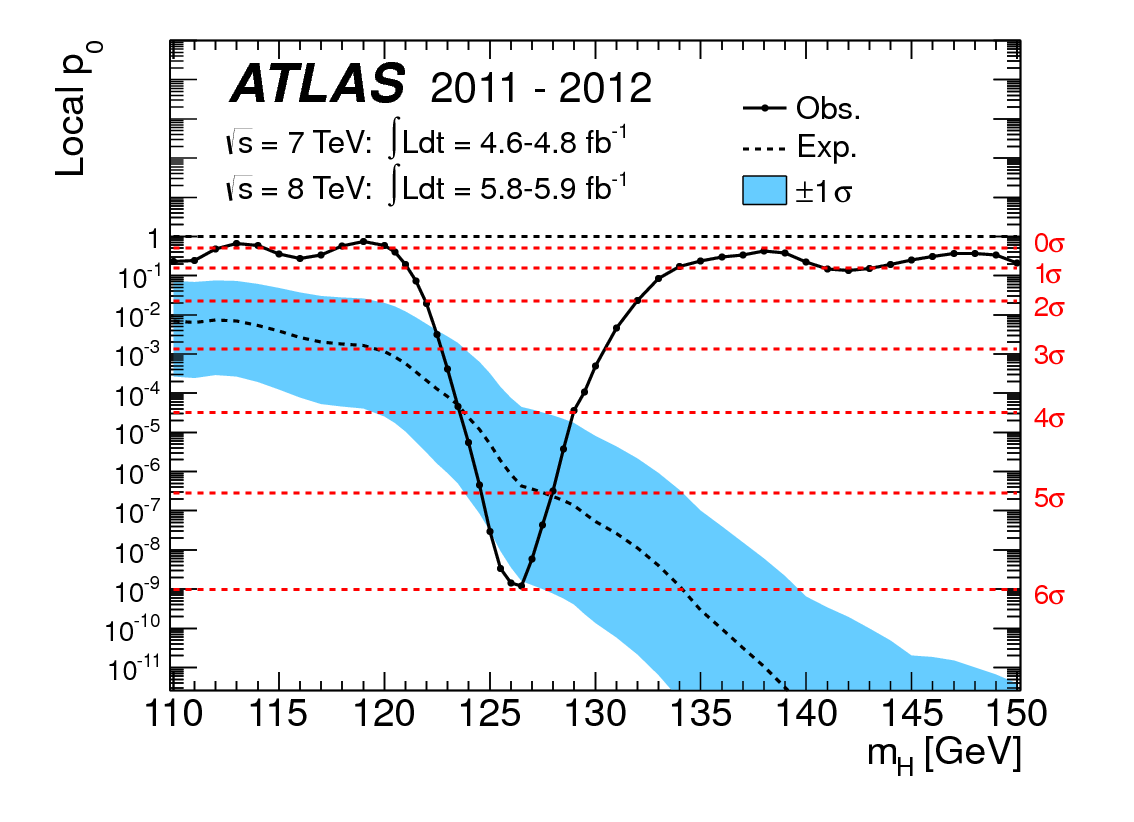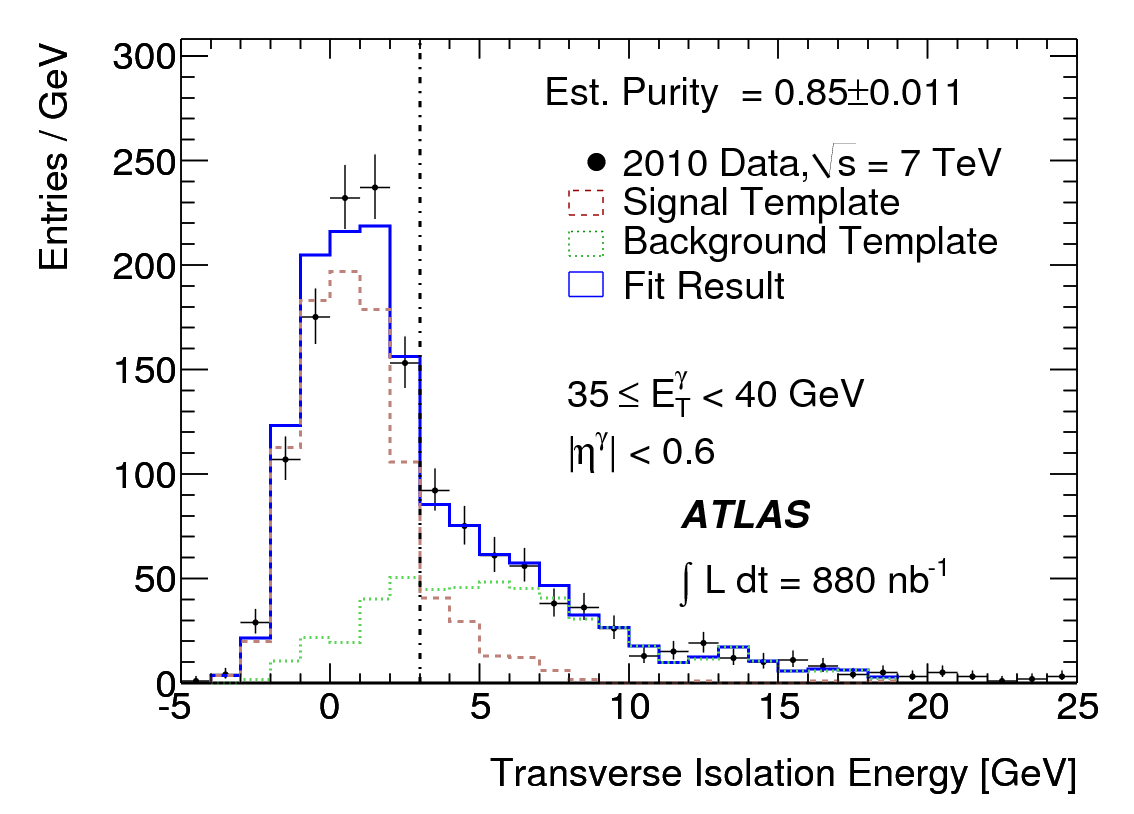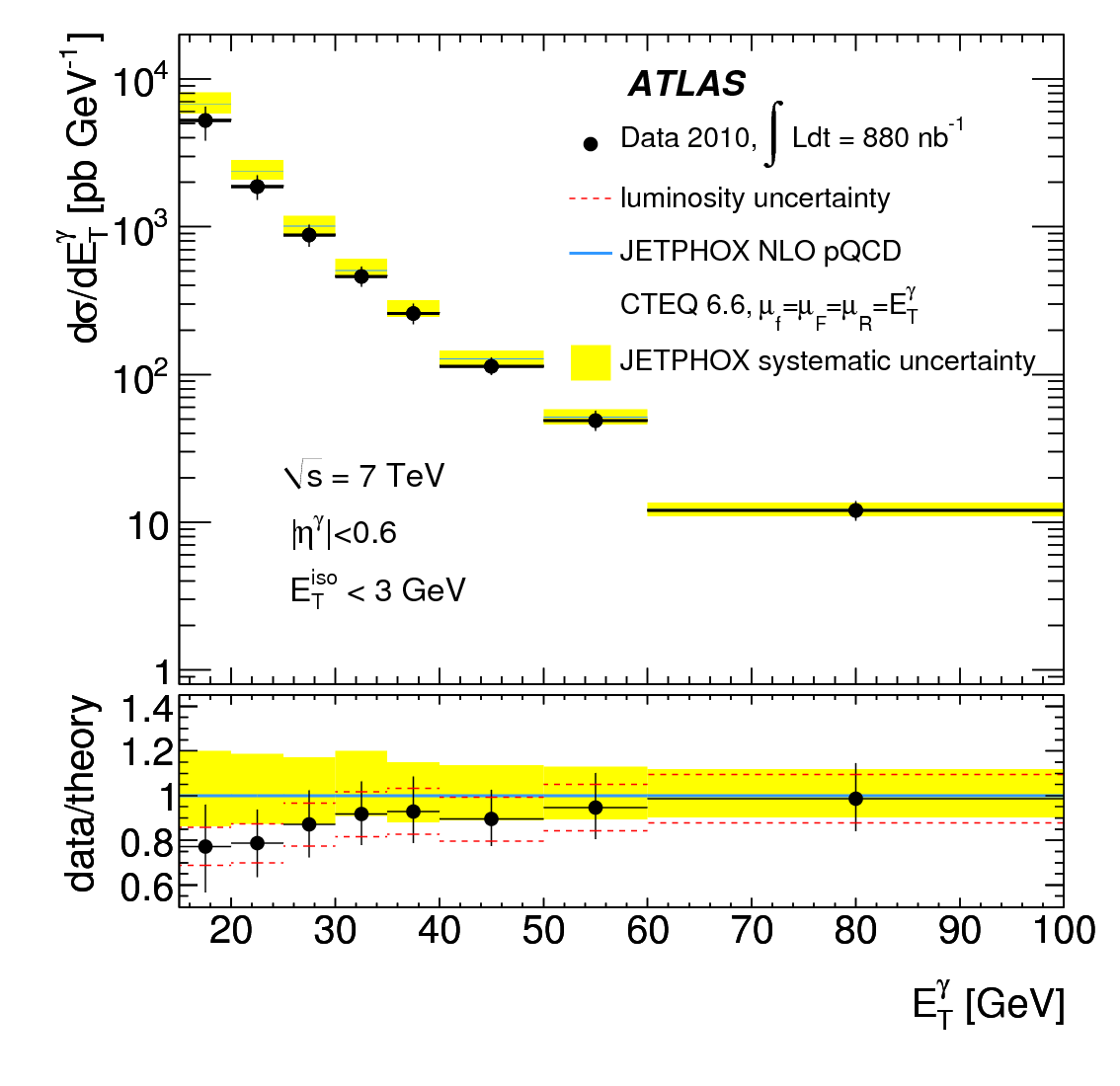ATLAS papers and notes
A search for new SUSY-like particles with very similar masses produced through weak boson scattering, using the full ATLAS/LHC Run-2 data sample.






A search for new SUSY-like particles with very similar masses, decaying to low-momentum leptons, using the full ATLAS/LHC Run-2 data sample.
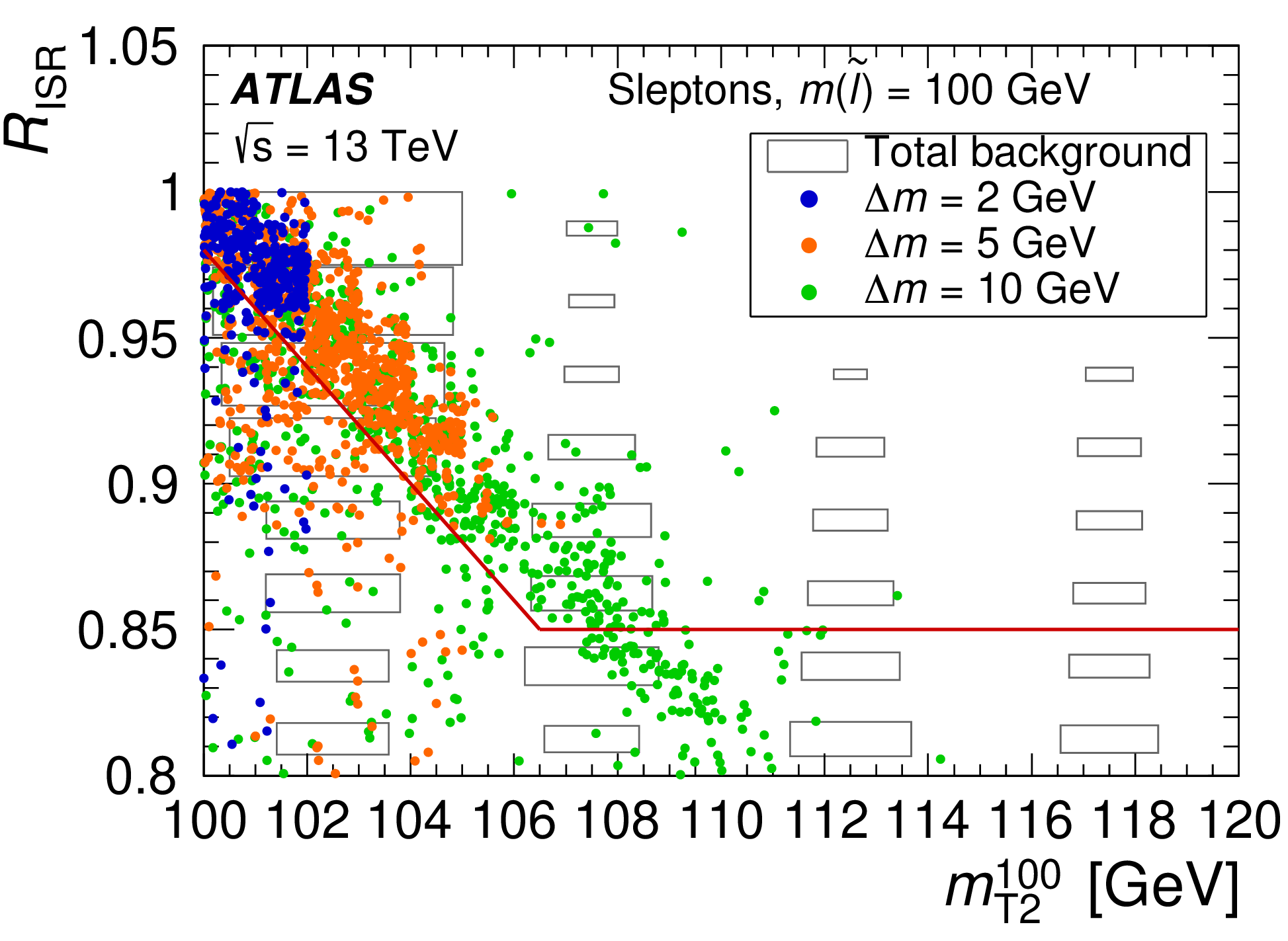
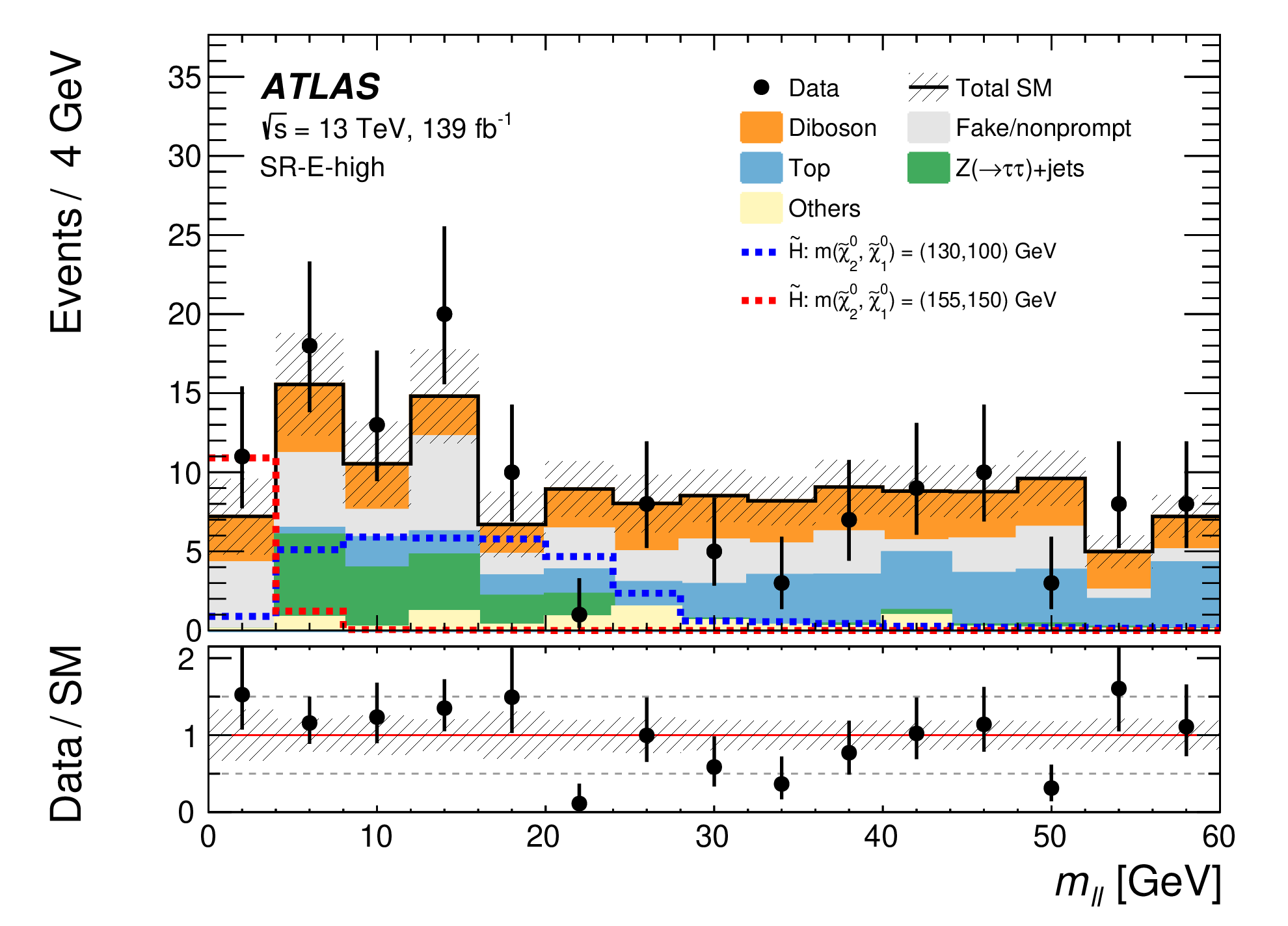
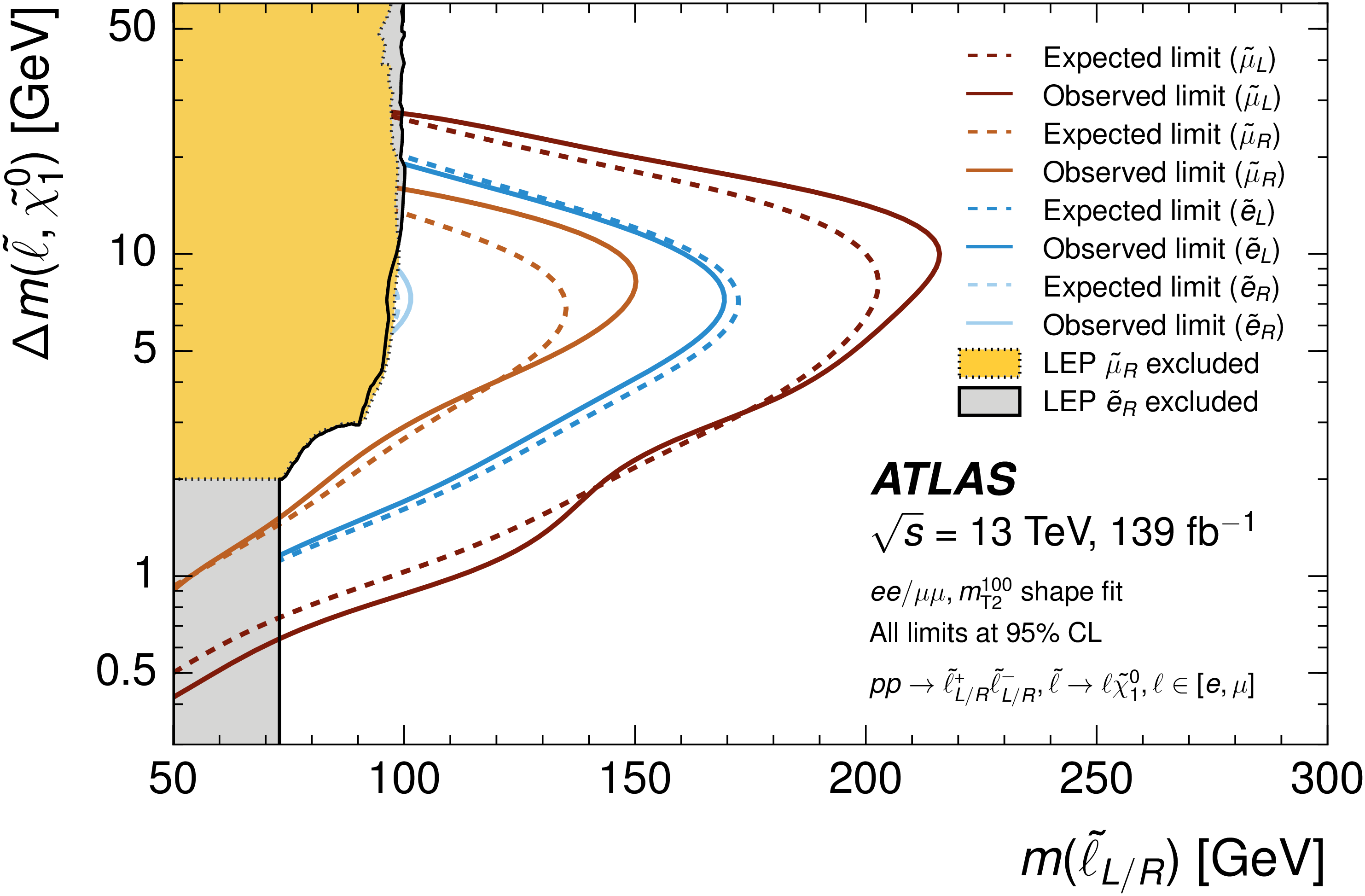



A search for new SUSY-like particles with very similar masses, decaying to low-momentum leptons, using the first part of the ATLAS/LHC Run-2 data sample.
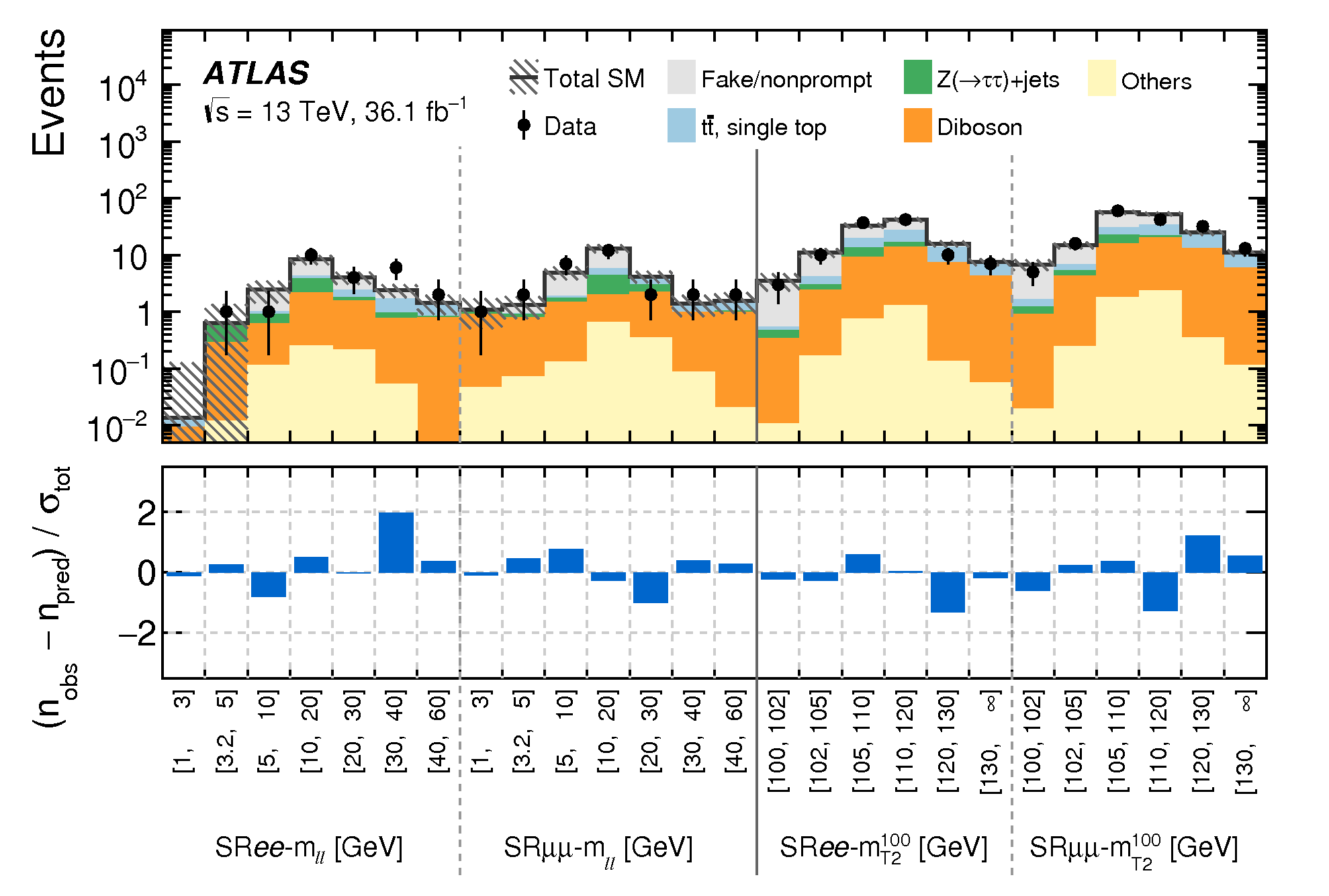
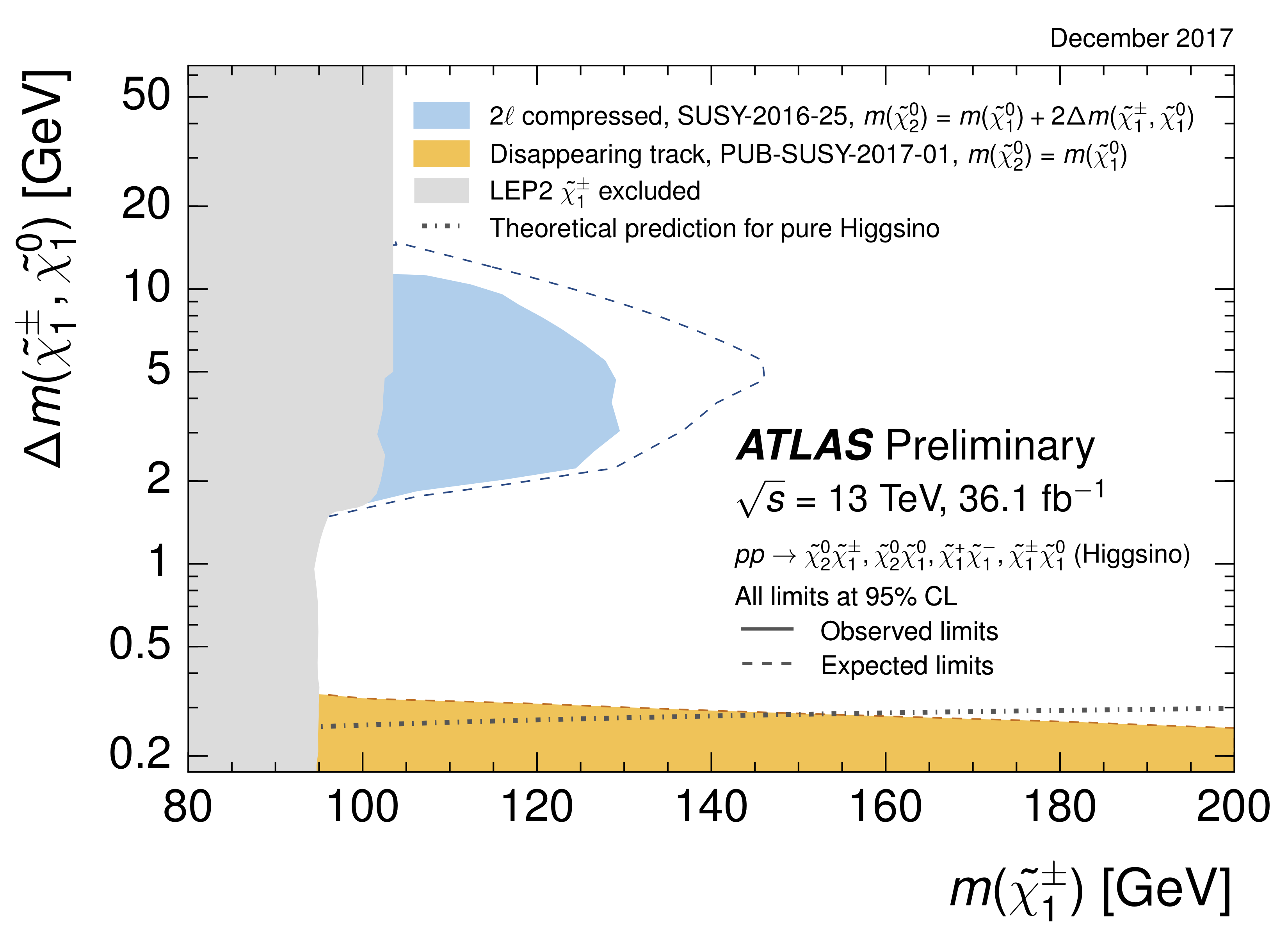
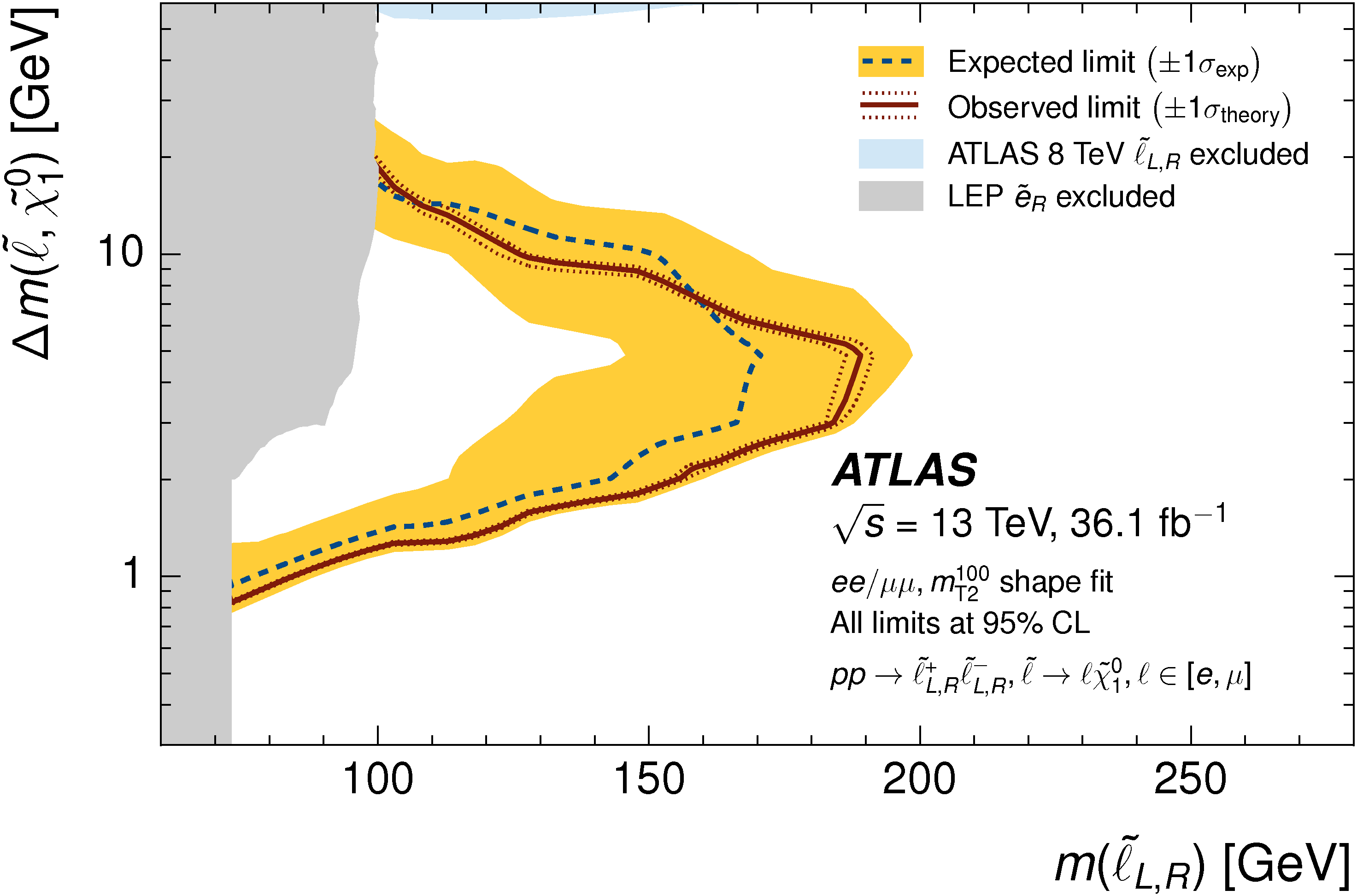



Series of papers describing the TRT, its design, and its electronic readout system.
The ATLAS Inner Detector, in the years leading up to first collisions.
Overview of ATLAS, and sensitivity studies in advance of first data.
Phenomenology studies
A report summarizing the BSM physics opportunities at a 100 TeV proton-proton collider. I co-edited the SUSY section.
A sensitivity study for heavy stop production at a 100 TeV collider. Here we introduce a new technique for boosted top tagging that does not rely on jet substructure, and make a concrete case for running at higher luminosity at 100 TeV.
A Snowmass 2013 study on the sensitivy of future colliders to strongly-produced SUSY scenarios.
The summary of the Snowmass BSM working group.
Non-refereed notes
A shorter version of our Snowmass paper.
How the readout of the TRT is synchronized.
A hardware trigger used extensively before first collisions for alignment and calibration studies.
How the TRT readout works. Mostly written for incoming graduate students.
- Readout of the ATLAS Transition Radiation Tracker: Data Structure and Detector Granularity (Internal note, link accessible to ATLAS collaborators only. Available on request.)
Thesis
Defended July, 2011. Received an ATLAS thesis award, and a Springer thesis prize.
Undergraduate research
Early results from the MuLan collaboration, which eventually measured the muon lifetime with world-record precision:




